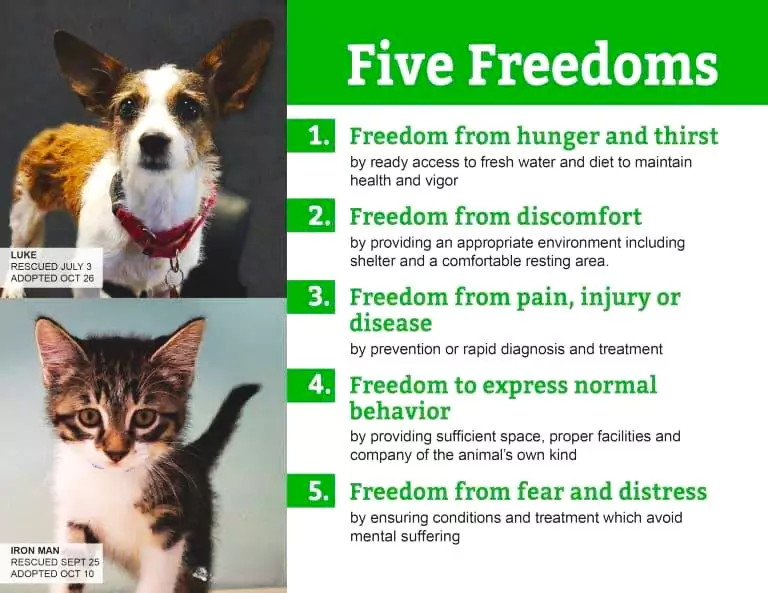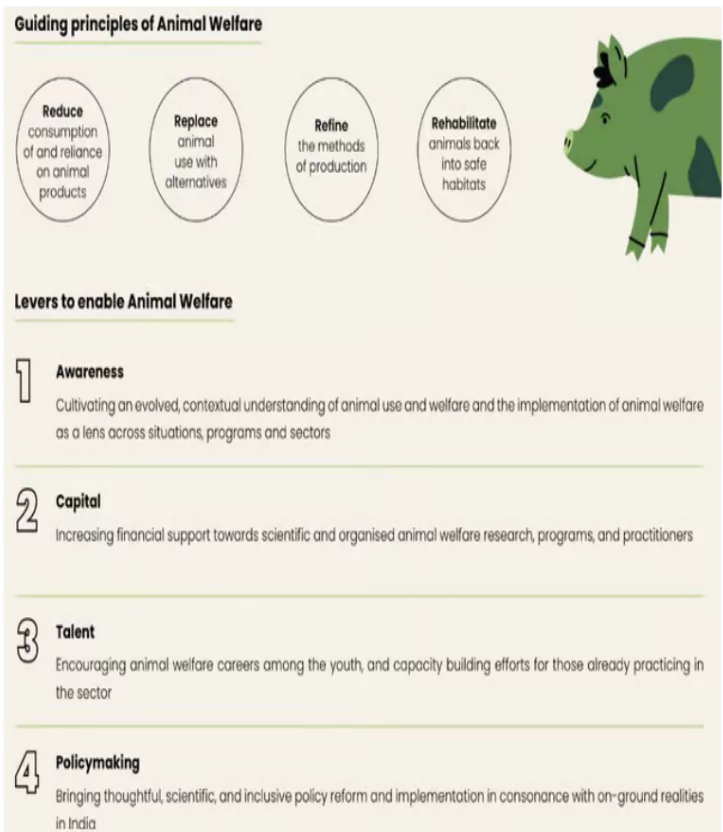Recently, the World Association of Zoos and Aquariums has suspended the Delhi zoo (National Zoological Park) from its membership due to concerns about the inadequate living conditions of its sole African elephant.
Delhi Zoo Suspended by WAZA Over Poor Conditions for African Elephant
- This suspension prohibits the zoo from accessing key WAZA benefits, including participation in its annual conferences and access to travel grants.
- Reasons
- WAZA’s decision to suspend the Delhi zoo’s membership is primarily due to the substandard conditions in which Shankar, the African elephant, is kept.
- The elephant’s solitary confinement and past chaining violate WAZA’s ethical standards, which emphasize respectful and dignified treatment of animals.
- These guidelines stress the importance of appropriate care and social interaction, particularly for social animals like elephants.
- Regaining the membership
- To regain its membership, the Delhi Zoo must submit a six-month action plan by April 7, 2025, outlining either the relocation of Shankar to a more suitable facility or significant improvements in his current living conditions.
Enroll now for UPSC Online Course
Animal Welfare

- Animal welfare refers to the physical and emotional state that is impacted by the environment in which the animal lives and works, human attitudes and practices, and resources available to it.
- The Five Freedoms outline five aspects of animal welfare under human control.
- They were developed in response to a 1965 UK Government report on livestock husbandry.
- They were formalized in a 1979 press statement by the UK Farm Animal Welfare Council.
Dimensions of Animal Protection in the Indian Legal System
- The first type focuses on protecting animals to improve agriculture, leading to the development of animal husbandry with an emphasis on farm animals. The state has the responsibility of protecting these animals through legislation / penal code.
- For Example: Article 48 of the Indian Constitution or enactment of laws like cattle protection etc
- Second type of animal protection is as part of preservation / conservation Overview on non-human beings mainly based on environmental utility under international conventions or treaties during 1940s or more precisely 1970s.
- For Example: Article 48A, 51A (g) and entry of 17B in concurrent list of schedule VII in the Indian Constitution.
- Third type of animal protection is purely based on welfare ethics and morality and this is the oldest form of animal rights. Here animals are protected only for their welfare not for human resource or environmental biodiversity.
- For Example: Entry 17 in concurrent list of schedule VII in Indian Constitution.
Animal Welfare Laws in Some Countries
- Austria: Gives equal importance to animal’s and human’s life
- Switzerland: First country to protect the animal’s dignity
- UK: Stricter penalties for cruelty and negligence of animals
- Germany: Give animals constitutional protection
- Netherlands: Ban on use of apes for experiments and testing cosmetics on animals
- Denmark : Prohibits live slaughtering of animals
|
Check Out UPSC CSE Books From PW Store
Approaches of Animal Welfare
- Scientific Approach:
- Animal welfare scientists use a scientific, evidence-based approach to evaluate animal well-being by examining both the animal’s physical and psychological state and its environment.
- Animal Rights Approach:
-
- It advocates a philosophical and legal stance, arguing that animals have intrinsic value independent of their usefulness to humans.
- It advocates not only for improved living conditions and basic needs fulfillment but also against any human use of animals, including for food, clothing, research, or entertainment.
- In essence, animal welfare is grounded in scientific observation, while animal rights is rooted in ethical principles and legal arguments.
Judicial Verdicts
- Animal Welfare Board of India v. A. Nagaraja: The Supreme Court in Animal Welfare Board of India v. A. Nagaraja19 held that animals have a right to live with dignity, intrinsic worth and without unnecessary pain and suffering.
- Animal Welfare Board of India v. People for Elimination of Stray Troubles & Ors. (2009): This case addressed the issue of stray dog culling in Kerala. The Supreme Court reiterated that killing stray dogs was inhumane and ineffective in controlling their population.
- Gauri Maulekhi v. Union of India & Ors. (2014): In this case, the Supreme Court banned the import of cosmetic products tested on animals.
- People for Ethical Treatment of Animals (PETA) India v. Union of India (2016): In this case, the Supreme Court banned the use of bulls in performances like bullock cart races across India.
|
Constitutional Provisions
- Article 48A: It directs the State to “endeavour to protect and improve the environment and to safeguard forests and wildlife.”
- Article 51A(g): It mandates that every citizen “protect and improve the natural environment including forests, lakes, rivers and wildlife, and to have compassion for living creatures.”
- Article 21: The Right to Life has been interpreted by courts to include the right to a healthy environment, which indirectly supports animal welfare.
- Article 243G: The Constitution provides that Panchayat (local self government) may make laws on the following: “animal husbandry, dairying and poultry, and fisheries”
Check Out UPSC NCERT Textbooks From PW Store
Legal Provisions
- The Prevention of Cruelty to Animals Act, 1960 (PCA Act):
- This is the primary legislation for animal welfare in India.
- It defines “animal,” outlines various forms of cruelty, and provides for penalties.
- It also allows for the establishment of organizations like the Animal Welfare Board of India (AWBI).
- Wildlife Protection Act, 1972: This Act primarily focuses on the protection of wild animals and their habitats, regulating hunting, trade, and poaching.
- Indian Penal Code (IPC): Several sections of the IPC, such as Section 428 and 429, deal with offenses related to killing, maiming, or injuring animals.
Challenges in Animal Welfare

- Animal experimentation: Animal experimentation is a contentious issue where non-human animals are used in laboratories to conduct tests, experiments, and research for various biological problems.
- Animal Fights: Animal fights, such as dogfighting, cockfighting, and bullfighting, are illegal in India but remain prevalent, especially in rural areas.
- These cruel practices involve training animals to fight for the entertainment and financial gain of spectators, often resulting in severe injuries or death for the animals involved.
- Manipulation of Genetics: Transgenic animals, created for higher productivity or specific traits, may suffer from health issues and reduced well-being.
- In India, while there is no specific law addressing animal cruelty related to genetic modification, regulations under the Environment (Protection) Act, 1986, govern genetically modified organisms and their products
- Circus: Circuses, often marketed as entertainment, have a dark side where animals endure abuse and torture behind the scenes.
- Illegal Trading/Smuggling of Animals: The illegal trading and smuggling of animals pose significant threats to wildlife conservation efforts.
- Public health concerns: Poor animal welfare practices, such as the transport of wild animals through the illegal wildlife trade, can contribute to the spread of diseases that can affect both animals and humans.
Role of Technology in Animal welfare
- Monitoring and Surveillance:
- Wearable Sensors:
- Devices like smart collars and ear tags with GPS trackers, accelerometers, and physiological sensors can monitor an animal’s location, activity levels, heart rate, body temperature, and other vital signs.
- This allows for early detection of illness, injury, or distress.
- Example: Dairy farmers use activity trackers on cows to detect changes in behavior that may indicate estrus (heat) or health problems like lameness.
- Camera Systems:
- Video surveillance and thermal imaging can monitor animal behavior, movement, and social interactions in various environments, from farms to zoos.
- Example: In poultry farms, cameras can monitor stocking density and bird behavior to ensure that birds have enough space and are not exhibiting signs of stress like feather pecking.
Way Forward
- Increased public awareness and education: Schools and universities can incorporate animal welfare curricula, fostering empathy and compassion in future generations.
- Promoting Ethical Practices for a Harmonious Human-Animal Relationship: By promoting responsible pet ownership, encouraging adoption instead of purchasing animals, and discouraging practices like animal fighting, society can cultivate a more harmonious relationship between humans and animals.
- Strengthening Legislative Framework: Amend outdated laws like the Prevention of Cruelty to Animals Act, 1960. Further, Introduction of stricter penalties for animal cruelty offenses.
- Encouraging Community Involvement: By enhancing partnerships with NGOs and local communities, animal welfare can be a step up.
Enroll now for UPSC Online Classes
Conclusion
- In the pursuit of animal welfare, India stands at a crossroads where tradition meets progress. Recognizing the intrinsic value of all living beings and striving for their humane treatment defines the character of a nation.
- As Indian philosopher Mahatma Gandhi once said, “The greatness of a nation and its moral progress can be judged by the way its animals are treated.”
![]() 1 Jan 2025
1 Jan 2025



